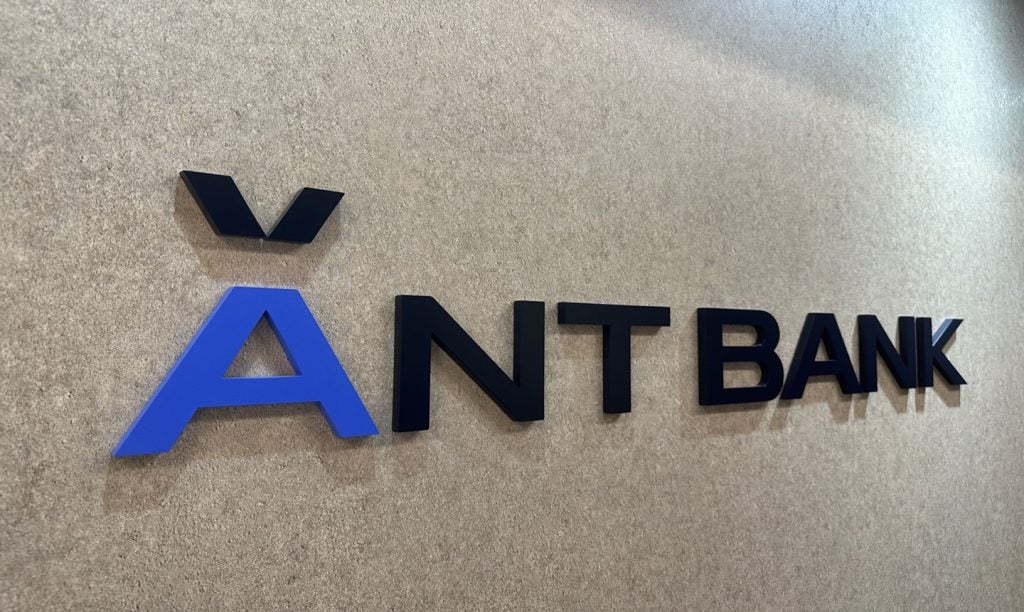Goldman Sachs, which has been forging ahead into consumer banking and wealth management, has now hiked up the pay for entry-level bankers by nearly 30%.
The Wall Street firm, which trailed its peers in raising junior bankers’ salaries, now tops them.
Goldman has shuffled its setup, creating a new standalone consumer division that includes its Marcus lending unit as well as its wealth-management and private-banking businesses.
The Wall Street firm is now increasing base pay for its entry-level employees—first-year analysts—to $110,000, a nearly 30% increase from the previous starting salary of $85,000.
Second-year analysts are set to make $125,000, up from $95,000. Salaries for first-year associates will jump to $150,000 from $125,000.
The bank plans to inform rookie bankers of the increases to base salaries, along with their annual bonus amounts, later this week.

US Tariffs are shifting - will you react or anticipate?
Don’t let policy changes catch you off guard. Stay proactive with real-time data and expert analysis.
By GlobalDataThe changes cover just over 1,000 employees world-wide
Analysts and first-year associates perform much of the grunt work that allows banks to pump out deals and take advantage of busy trading periods.
Their titles are a function of how long they have been at the bank. Responsibilities vary based on their division—investment banking, capital markets, asset management, among others.
Investment banking analysts, for example, might be asked to create slide decks detailing the financial impact of mergers and acquisitions.
It has been a tough time for Wall Street’s youngest workers
Many of the most junior employees at investment banks have during the pandemic worked for months without meeting their colleagues in person, and their first year on the job was one of the busiest on record for deal making.
In a small, self-conducted survey earlier this year, Goldman’s first-year analysts reported that they were working an average of 95 hours a week and said job stress had harmed their physical and mental health.
Goldman, in response, said it would hire additional bankers and more strictly enforce boundaries around working hours.
Goldman trailed other banks in raising pay, but the firm’s starting salaries now best those of its big-bank rivals. JPMorgan Chase, Citigroup, and Morgan Stanley increased pay for early-career bankers earlier in the summer.
Goldman Sachs CEO David Solomon is taking big steps to transform the bank
Goldman’s new setup, creating a standalone consumer division, was completed in September last year.
Strategy chief Stephanie Cohen and Tucker York, the head of the private-wealth business, were tapped to co-lead the new consumer and wealth management division and the changes went into effect on Jan. 1.
The new setup matches the way Goldman reports financial results, a change the firm made in 2019 to better align with how Solomon wanted investors to think about the firm.
Goldman now has four divisions: consumer and wealth management, asset management, investment banking, and global markets.







